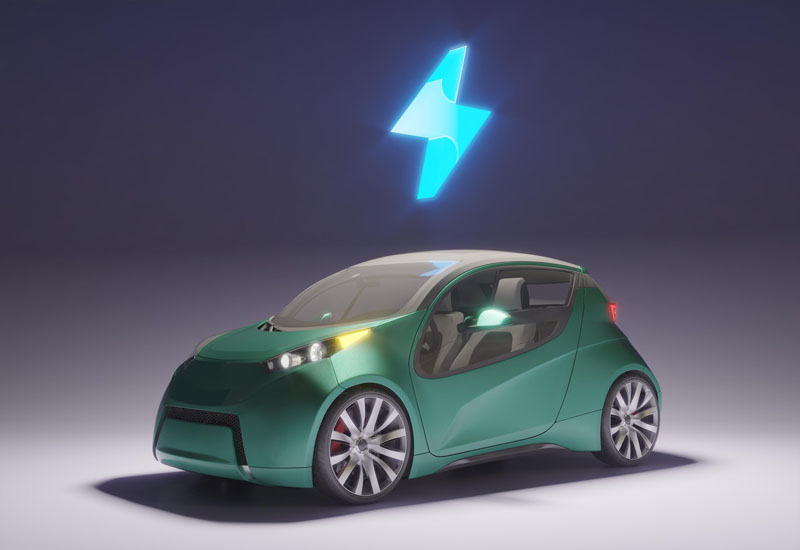Winter has come, and you must get ready if you have an electric car. Why? Well, because your electric vehicle’s performance goes down when the temperature drops, there are some things you should know about using and taking care of it in the Winter.
How much of your electric vehicle’s range do cold temperatures take away?
If you’ve ever used a smartphone when it was cold, you know that the battery doesn’t work well when the temperature drops below 0°F. Since electric cars use batteries with the same chemical makeup, their performance decreases as the temperature drops.
Also, the American Automobile Association (AAA) tests in 2019 [PDF] showed that the driving range was 12 percent shorter at 20 degrees Fahrenheit than at 75 degrees Fahrenheit.
When the cabin heater was used, this range went down to 41%. So, it’s safe to say that your electric car’s range goes down when it’s cold outside. But why does this happen? Well, there are two main reasons, but let’s try to understand what Lithium-ion batteries are first.
10 Ways to Enhance Your EV Experience Of driving in the Winter
Now that we know why your EV doesn’t work as well when the temperature drops below 0°F, we can talk about how you can improve your EV experience in the Winter.
Don’t quickly charge your electric vehicle when it’s cold.
As was already said, lithium plating is the worst thing for a battery in cold weather. Not only that, but the effect gets worse when the current used to charge is high. So, it’s recommended that you don’t fast charge your electric car when the temperature outside is below freezing.
Charge up your EV Very Slowly at Night
If you want to drive your EV long distances, it’s best to fill it up with level 1 charging at night. This will not only give you a full fee in the morning but also charge slowly enough that it won’t hurt the battery. Not only that, but if you don’t have a hot garage to charge your EV, slow charging will maintain your battery warm, safeguarding it from cold weather.
Be prepared for a longer charging time.
When it’s cold outside, the electrolyte in your battery slows down, so it takes longer to charge. So, if you charge your phone when it’s cold outside, you should be ready for it to take longer.
Don’t let your battery die in cold weather.
If you aren’t using your car for a long time, you should charge it to 70 percent before putting it away. This will cut down on the reactions that hurt the health of your battery. Also, you shouldn’t leave your car with a low battery percentage overnight because it’s bad for the battery’s health.
Park your car in heated spaces.
If you have a garage where you can park your car at night, keeping the temperature between 68 and 72 degrees Fahrenheit is best. Doing this will slow down the internal reactions that cause your electric vehicle’s battery to wear out, making the battery last longer and work better.
Warm up your EV before heading out.
Before going to work, it’s best to slowly heat your car while you do other things around the house. This would not only keep you warm when you go outside, but because it heats the car slowly, it won’t put too much strain on the battery pack when you drive. You can also connect the charging cable to your car while also you heat it so that the power comes from the power adapter and not the batteries, giving you more range for the day.
Keep the heat low
If you want to take the trip in the Winter, the car heater is the worst thing for the battery. Even though it makes you feel warm, it reduces the range of your battery. So, instead of turning the heater up, it’s best to utilize the heated seats and wheel to maintain your body and hands warm. This could extend the range of your EV, so you won’t have to charge it as often.
Utilize Lower Regeneration Breaking Levels
Most electric cars have a range of regenerative braking options. This lets the EV charge while the brakes are being used. In cold weather, a higher level of regeneration can cause your car to skid on snowy roads if it is set to a higher level. Also, a high level of fuel cells would send high currents to the battery, damaging it because it would be colder.
Use Eco Mode
If you don’t want to race your EV down the drag strip, it’s best to put it in ECO mode when it’s cold outside. This would give you a longer range and put less strain on your battery, which would be better for its health.
Internal Combustion Engine (ICE) Checklist
Even though driving an electric car is different from driving a car with an internal combustion engine (ICE), it still has parts like tires and windshield wipers that don’t do well in cold weather. So, getting a new set of wipers and snow tires is best.
Is It Safe to Operate an EV in Subfreezing Temperatures?
An electric car is a different way to drive; it has many bells and whistles. That said, winter weather is an electric vehicle’s Achilles heel because it affects the chemistry of the rechargeable battery that powers it. Owners of electric vehicles can get the most out of them if they have smart battery-saving systems and know how to handle EVs properly.






